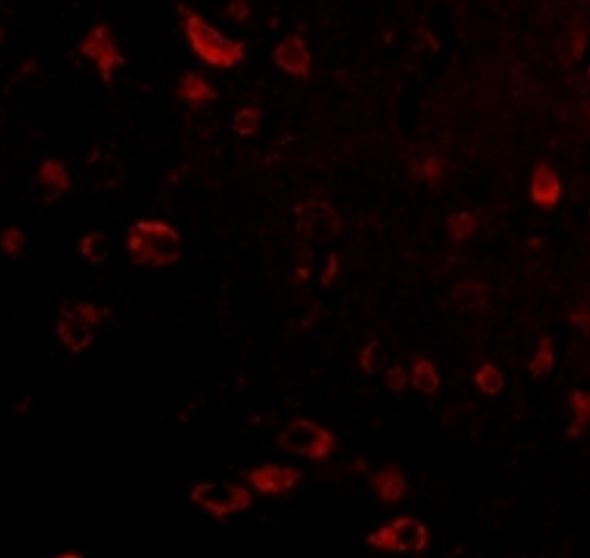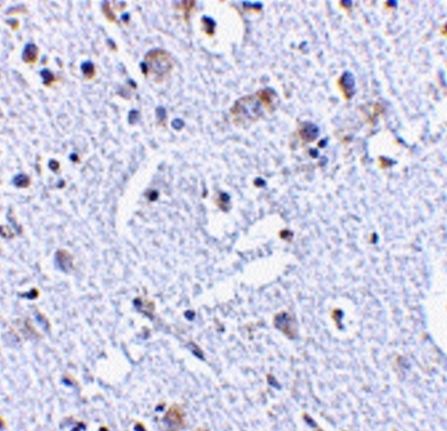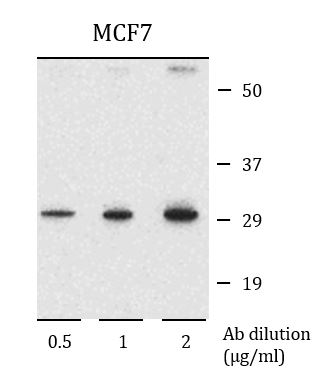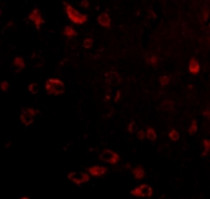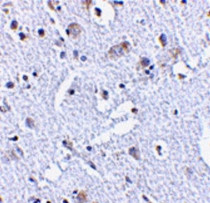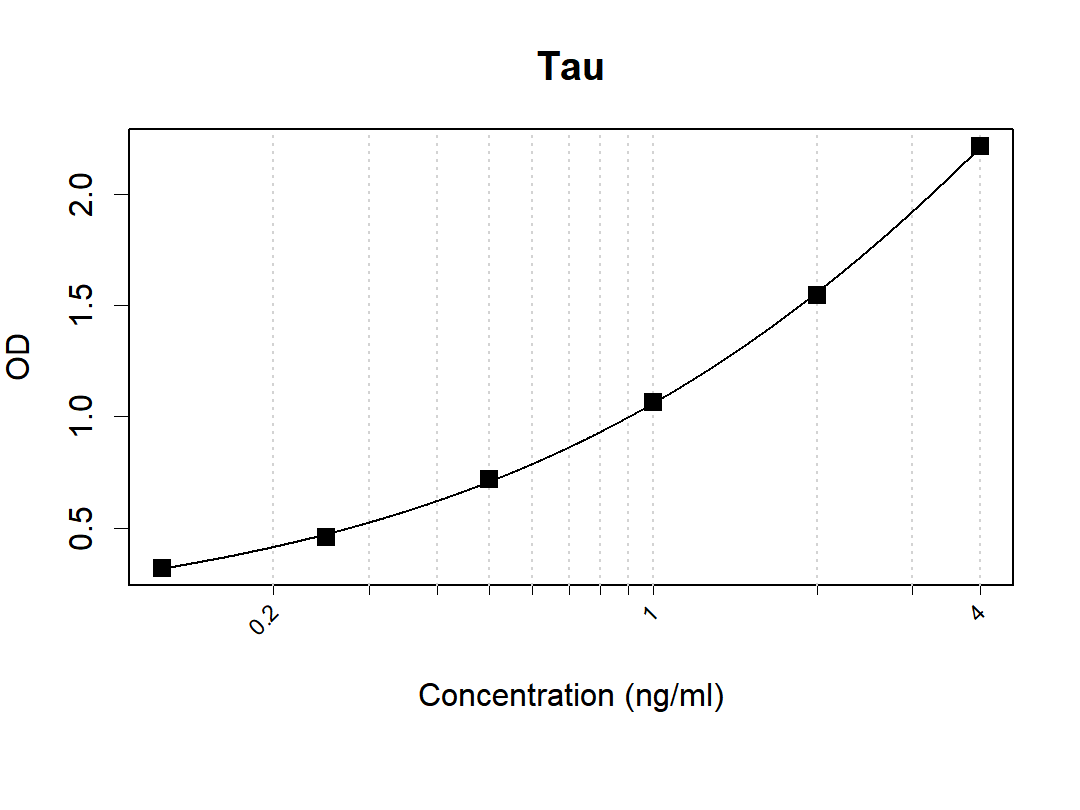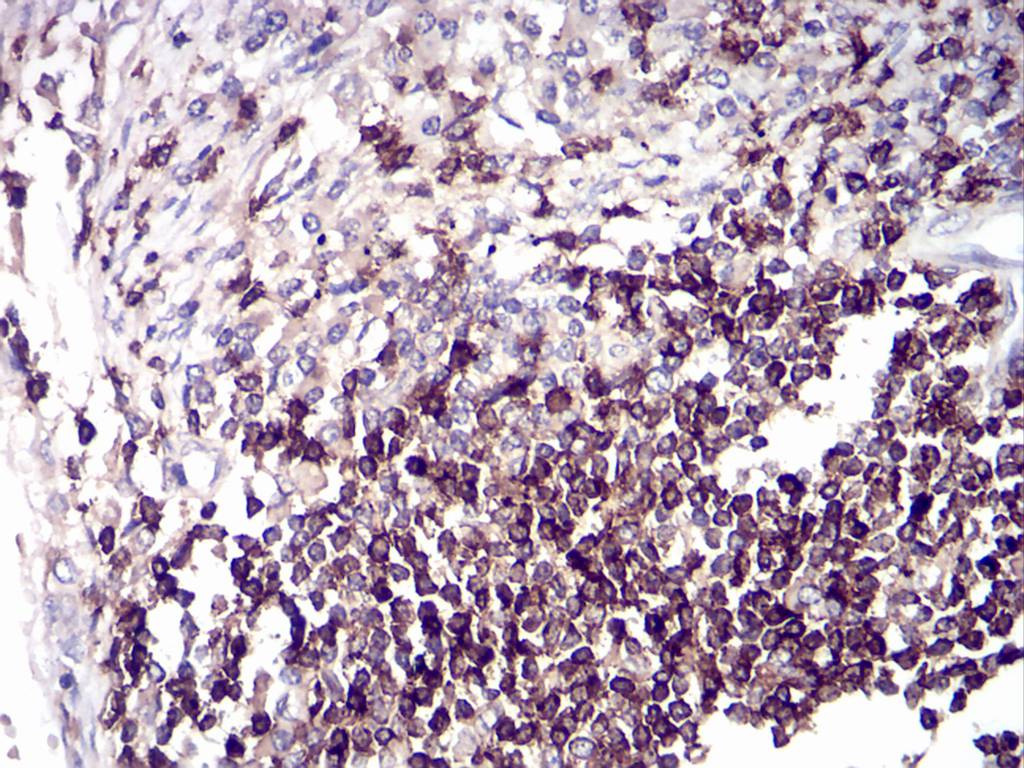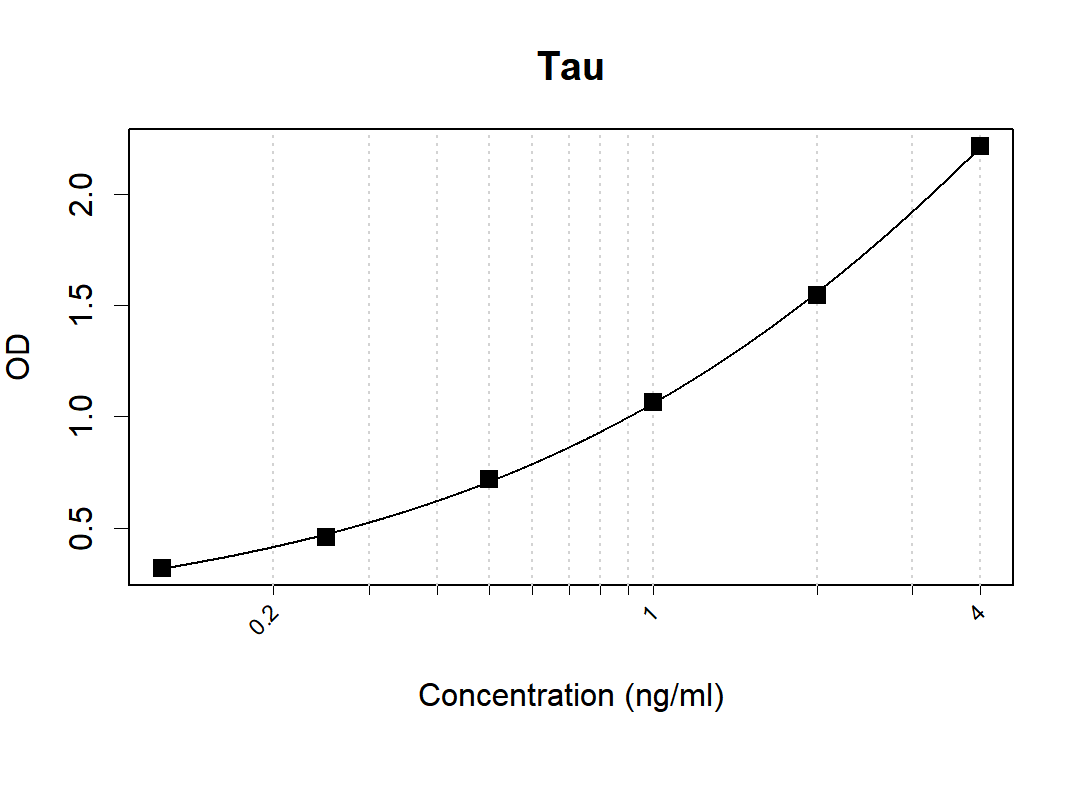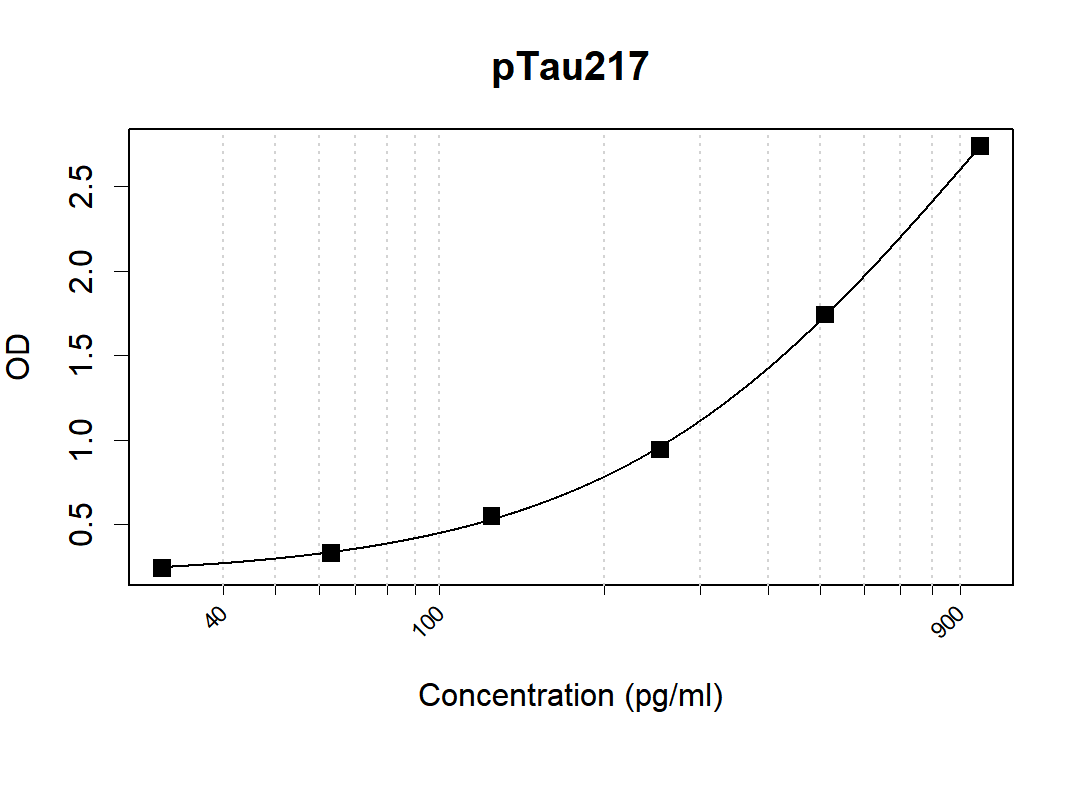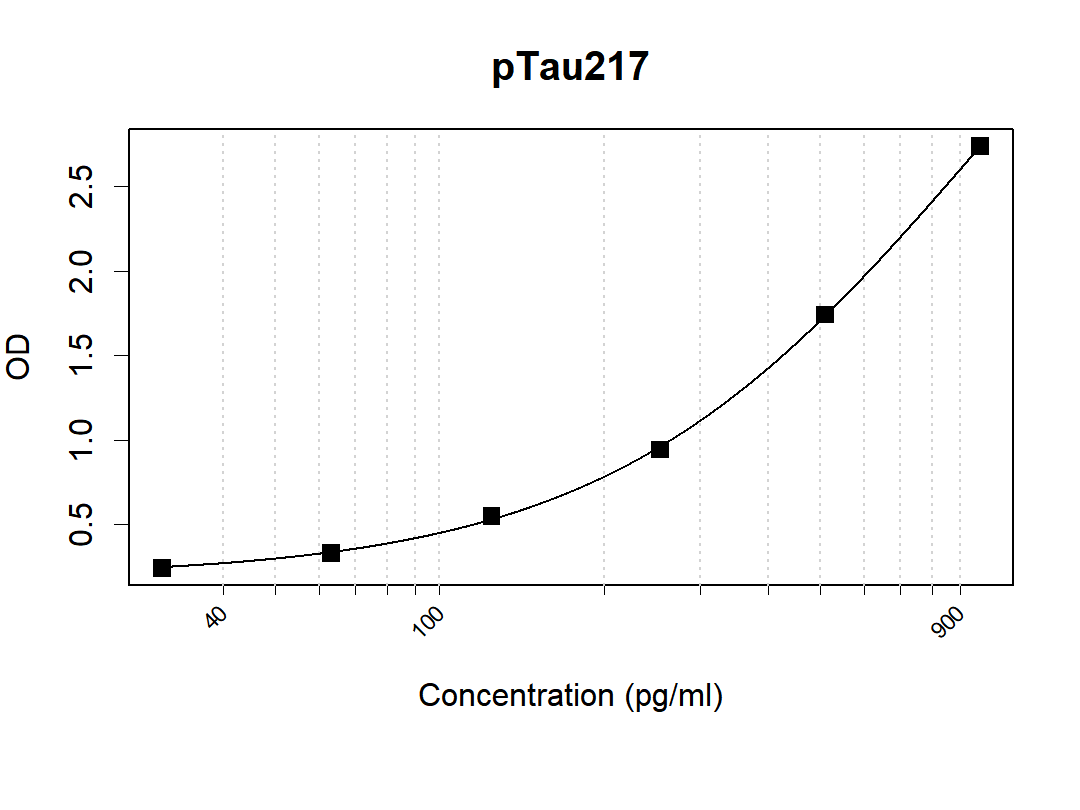anti-TIGAR antibody
CAT.NO. : ARG42607
US$ Please choose
US$ Please choose
Size:
Trail, Bulk size or Custom requests Please contact us
*产品价格可能会有所调整,请以品牌方官网实时更新的价格为准,以确保准确性。
概述
| 产品描述 | Rabbit Polyclonal antibody recognizes TIGAR |
|---|---|
| 反应物种 | Hu |
| 预测物种 | Ms |
| 应用 | ICC/IF, IHC-P, WB |
| 宿主 | Rabbit |
| 克隆 | Polyclonal |
| 同位型 | IgG |
| 靶点名称 | TIGAR |
| 抗原物种 | Human |
| 抗原 | A 19 amino acid synthetic peptide within aa. 100-150 of Human TIGAR. |
| 偶联标记 | Un-conjugated |
| 別名 | Fructose-2,6-bisphosphatase TIGAR; FR2BP; TP53-induced glycolysis and apoptosis regulator; C12orf5; EC 3.1.3.46; TP53-induced glycolysis regulatory phosphatase |
应用说明
| 应用建议 |
| ||||||||
|---|---|---|---|---|---|---|---|---|---|
| 应用说明 | * The dilutions indicate recommended starting dilutions and the optimal dilutions or concentrations should be determined by the scientist. | ||||||||
| 阳性对照 | MCF7 | ||||||||
| 实际分子量 | ~ 30 kDa |
属性
| 形式 | Liquid |
|---|---|
| 纯化 | Affinity purification with immunogen. |
| 缓冲液 | PBS and 0.02% Sodium azide. |
| 抗菌剂 | 0.02% Sodium azide |
| 浓度 | 1 mg/ml |
| 存放说明 | For continuous use, store undiluted antibody at 2-8°C for up to a week. For long-term storage, aliquot and store at -20°C or below. Storage in frost free freezers is not recommended. Avoid repeated freeze/thaw cycles. Suggest spin the vial prior to opening. The antibody solution should be gently mixed before use. |
| 注意事项 | For laboratory research only, not for drug, diagnostic or other use. |
生物信息
| 数据库连接 | |
|---|---|
| 基因名称 | TIGAR |
| 全名 | TP53 induced glycolysis regulatory phosphatase |
| 背景介绍 | This gene is regulated as part of the p53 tumor suppressor pathway and encodes a protein with sequence similarity to the bisphosphate domain of the glycolytic enzyme that degrades fructose-2,6-bisphosphate. The protein functions by blocking glycolysis and directing the pathway into the pentose phosphate shunt. Expression of this protein also protects cells from DNA damaging reactive oxygen species and provides some protection from DNA damage-induced apoptosis. The 12p13.32 region that includes this gene is paralogous to the 11q13.3 region. [provided by RefSeq, Jul 2008] |
| 生物功能 | Fructose-bisphosphatase hydrolyzing fructose-2,6-bisphosphate as well as fructose-1,6-bisphosphate (PubMed:19015259). Acts as a negative regulator of glycolysis by lowering intracellular levels of fructose-2,6-bisphosphate in a p53/TP53-dependent manner, resulting in the pentose phosphate pathway (PPP) activation and NADPH production (PubMed:16839880, PubMed:22887998). Contributes to the generation of reduced glutathione to cause a decrease in intracellular reactive oxygen species (ROS) content, correlating with its ability to protect cells from oxidative or metabolic stress-induced cell death (PubMed:16839880, PubMed:19713938, PubMed:23726973, PubMed:22887998, PubMed:23817040). Plays a role in promoting protection against cell death during hypoxia by decreasing mitochondria ROS levels in a HK2-dependent manner through a mechanism that is independent of its fructose-bisphosphatase activity (PubMed:23185017). In response to cardiac damage stress, mediates p53-induced inhibition of myocyte mitophagy through ROS levels reduction and the subsequent inactivation of BNIP3. Reduced mitophagy results in an enhanced apoptotic myocyte cell death, and exacerbates cardiac damage (By similarity). Plays a role in adult intestinal regeneration; contributes to the growth, proliferation and survival of intestinal crypts following tissue ablation (PubMed:23726973). Plays a neuroprotective role against ischemic brain damage by enhancing PPP flux and preserving mitochondria functions (By similarity). Protects glioma cells from hypoxia- and ROS-induced cell death by inhibiting glycolysis and activating mitochondrial energy metabolism and oxygen consumption in a TKTL1-dependent and p53/TP53-independent manner (PubMed:22887998). Plays a role in cancer cell survival by promoting DNA repair through activating PPP flux in a CDK5-ATM-dependent signaling pathway during hypoxia and/or genome stress-induced DNA damage responses (PubMed:25928429). Involved in intestinal tumor progression (PubMed:23726973). [UniProt] |
| 细胞定位 | Cytoplasm. Nucleus. Mitochondrion. Note=Translocated to the mitochondria during hypoxia in a HIF1A-dependent manner. Colocalizes with HK2 in the mitochondria during hypoxia. Translocated to the nucleus during hypoxia and/or genome stress-induced DNA damage responses in cancer cells. Translocation to the mitochondria is enhanced in ischemic cortex after reperfusion and/or during oxygen and glucose deprivation (OGD)/reoxygenation insult in primary neurons. [UniProt] |
| 预测分子量 | 30 kDa |
检测图片 (3)
ARG42607 anti-TIGAR antibody ICC/IF image
Immunofluorescence: Human brain cells stained with ARG42607 anti-TIGAR antibody at 20 µg/ml dilution.
ARG42607 anti-TIGAR antibody IHC-P image
Immunohistochemistry: Paraffin-embedded Human brain tissue stained with ARG42607 anti-TIGAR antibody at 2.5 µg/ml dilution.
ARG42607 anti-TIGAR antibody WB image
Western blot: MCF7 cell lysate stained with ARG42607 anti-TIGAR antibody at 0.5, 1 and 2 µg/ml dilution.
 New Products
New Products





